Will The Fault Indicator Refuse Or Maloperate
Release time:2016-05-19 16:44:00
The so-called refusal refers to the situation in which the failure of the line happens but the fault is not reported ; the so-called malfunction refers to the situation in which current mutation in some cases suddenly occurred to the line , the fault indicator mistaken it for the line power fault and reported a failure. Under the satisfaction of our premise of fault criteria, our fault indicator will not maloperate, but may refuse to act. For example, when the circuit fails, the circuit breaker trips, but the mutation of line load current turns out to be 40%, which does not meet the 50% of the standard mutation, and the fault indicator will not report failure as a result. In practical applications, people could adjust the current coefficient of variation and time parameters according to the line conditions to reduce the possibility of refusal.
The reason for the occurrence of refusal is that the action value of fault indicator is greater than the substation outlet protection over-current value, as well as quality problems of the fault indicator itself . Omission phenomenon can not be eliminated 100%, but the parameters could be set more reasonable based on your needs, and users could modify the criteria in order to minimize the omission. There are many reasons for the occurrence of maloperation, such as magnetizing inrush current, large load switching, when artificially powered off after big load , large motor inverse feeding. But it could avoid these maloperation through setting up areasonable fault criterias, i that case our fault indicator basically will not maloperate.
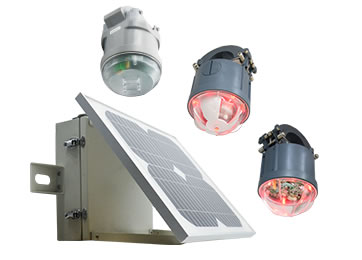 Overhead Line Fault In
Overhead Line Fault In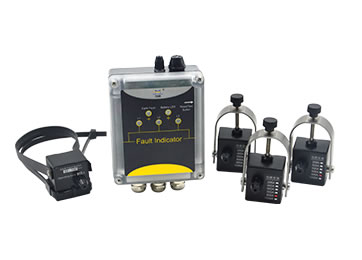 Wall-Mounted Cable Lin
Wall-Mounted Cable Lin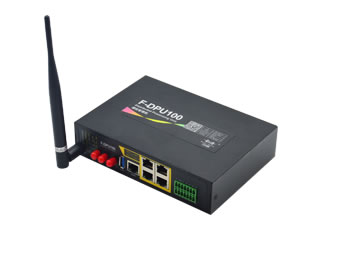 Protocol Converter Gat
Protocol Converter Gat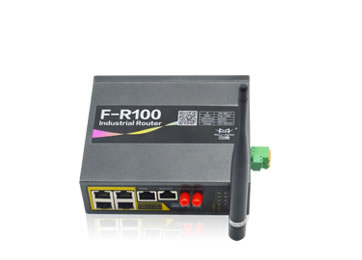 Industrial Cellular Ro
Industrial Cellular Ro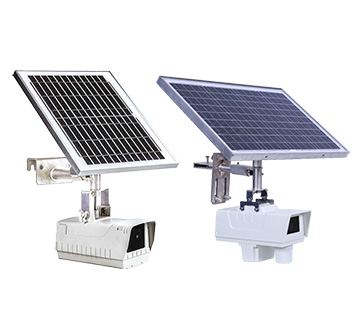 HV Power Line Security
HV Power Line Security F-ICB100 380V smart ci
F-ICB100 380V smart ci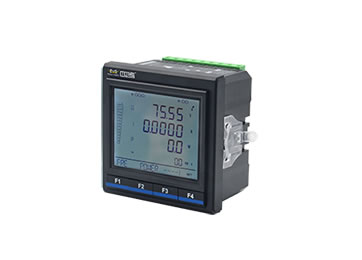 Multifunction Power Me
Multifunction Power Me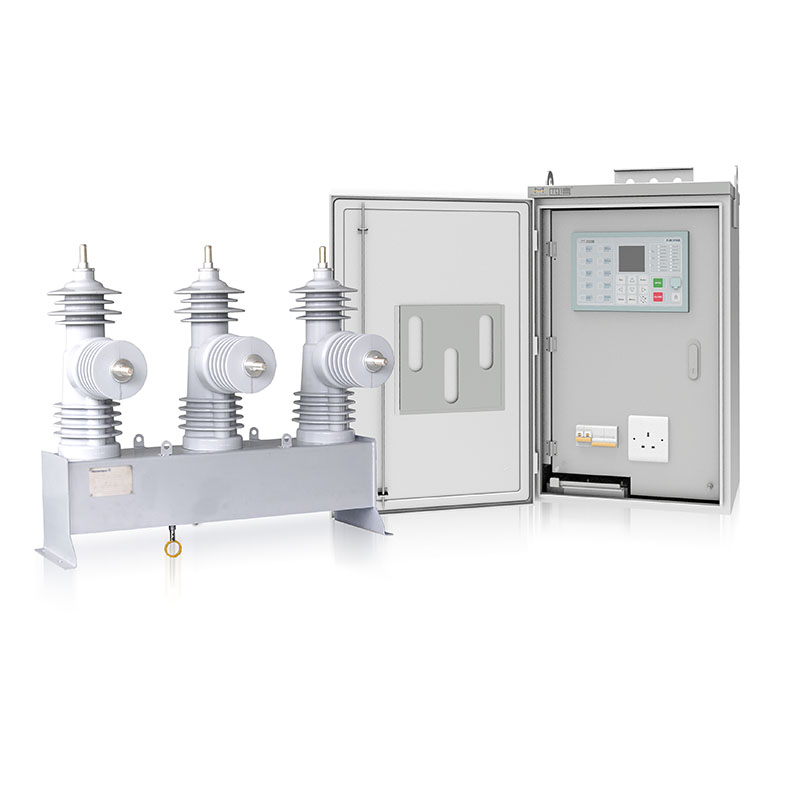 F-FTU200 Auto Circuit
F-FTU200 Auto Circuit 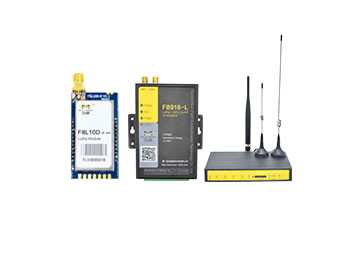 LoRa Module & Gateway
LoRa Module & Gateway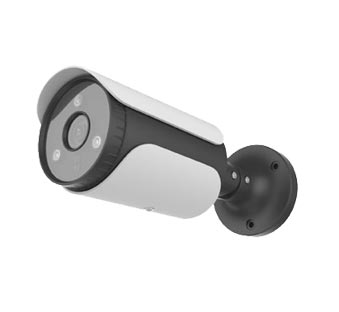 Network Camera
Network Camera Serial to Cellular
Serial to Cellular 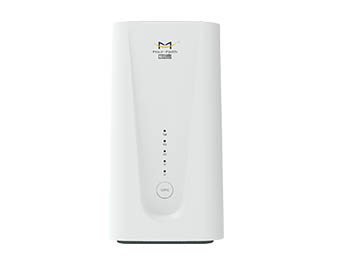 5G Router
5G Router 
 Chinese
Chinese
 Download
Download Demo
Demo Wiki
Wiki FAQ
FAQ themes
themes



